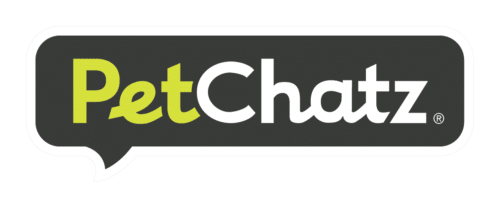There are several precautions we take for ourselves and our children when we are outside during a summer day. As you’re outside enjoying the nice weather, don’t forget about your pet’s safety too. Here are three common things that you may not realize could be a significant safety concern in your yard for your pet. If you have questions, don’t be afraid to ask your veterinarian for assistance in identifying potential hazards.
Gardening and Landscape
Look at your backyard and identify areas where you have plants, flowers, vegetables, and landscaping material. It is amazing how many of these things can be bad for your pet. Some common plants that are poisonous for your pet include items like geraniums, rhubarb, foxglove, crab apples, chives, onions, and tomatoes. There is a vast array of non-toxic plants out there. You can view a full list of both non-toxic and poisonous species on the website for ASPCA’s animal poison control .
If you are doing any sort of landscaping, be aware that products like cocoa mulch could cause your pet to vomit, have tremors and/or seizures. Try to find mulch that is theobromine free. Be sure to clean up sticks, twigs, and brush while landscaping to avoid your pet from eating, chewing, or even dragging them around because pieces could break off or slivers could be ingested.
Common Chemicals
So common and often overlooked, is the lawn itself. Whether you have a lawn company come in or you do it yourself, lawn chemicals or baits for pests can be dangerous for your pets. A very common thing dogs like to get into are mole baits. These can cause a poisonous reaction and should be avoided if your pet cannot be monitored while in the yard.
Most herbicides and pesticides contain chemicals that if ingested can cause havoc on their systems. Look at labels to verify if these chemicals could take longer than 48 hours to be “absorbed” into the lawn. If you (or your child) are not supposed to be exposed to it; then neither should your pet.
One final chemical that is not part of the lawn, but pets are exposed to is antifreeze. Commonly left in an oil changing tray or bucket, pets are attracted to its sweet odor. Antifreeze is very dangerous and can cause kidney failure or death. It is not something you should leave out or open. Contact your local city office to find out proper disposal options in your area.
Lakes, Ponds, & Standing Water
Dogs everywhere love to play in the water. Whether it’s the lake down at the park or a pond in your backyard. Be cautious when the standing water is covered in a green like film or “carpet”. This can be a microorganism called blue-green algae, also known as pond scum.
This “algae” is different than normal algae. It releases toxins into the water, and if your pet takes one drink it can lead to vomiting, diarrhea or even be fatal. Look for signs of this blanketing growth in backyard ponds, bird baths, lakes, or even an old bucket that was left out after doing some yard work. All these places can be a breeding ground for blue-green algae as well as other water microorganisms.
By taking a short time to scope out your yard, gardens, and work areas outside, hazards can be avoided for your pets and family. It’s a small task with a big pay-off. As the weather continues to warm up and your time outside increases, be sure that you know your pet’s favorite outside area is play-safe. It provides the peace of mind you need to enjoy one of the best times of the year. Why not start today?
